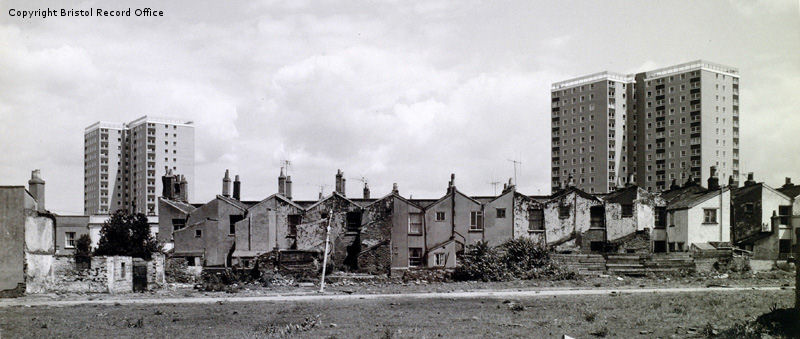The History of Council Housing
1 Introduction
| Historically council housing is public housing that is
rented to
households who are unable to afford to rent from the private sector or buy their
own home. It has been called council housing due to the role of district and
borough councils managing the housing. More recently Registered Social
Landlords (RSLs), including semi-independent and not-for-profit housing associations,
have played a larger role in providing and managing housing, consequently
council and RSL housing is collectively known as ‘social housing’. The underlying principle of council house provision is that historically the private sector was deemed unable to provide adequate housing for all and state intervention was required to ensure there was good quality affordable housing for low income households. The growth of council housing in this country has been largely determined by central government policies and legislation. Throughout the twentieth century there has been a shifting emphasis between two main objectives - the need to build more houses in the face of shortages, especially in the post war periods, and the need to replace old designated slum areas of cities. Each objective has received priority from Government at different times over the years and their policies have influenced the amount of new building and the type and quality of construction. |
|
|
| There is a variety of construction types seen in council housing
through the years, among them are garden estates built on greenfield
sites under early legalisation, innovative PRC construction at a time of
labour and material shortage in post war Britain and the development of
high density blocks of flats built in inner city slum clearance areas
which echo of modernist aspirations.
The following pages will guide you through the main chronological events of the twentieth century from before council housing to the early days of providing good quality homes for soldiers returning from the First World War, through slum clearance programmes and the handling of the crisis of the post Second World War housing shortage, to more current times of maintaining an aging stock and implementing regeneration strategies. |
except where acknowledged
